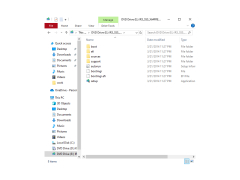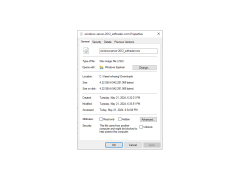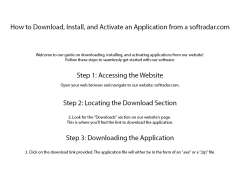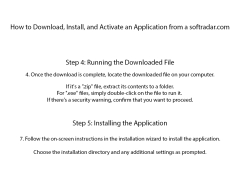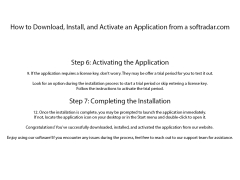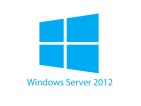
Windows Server 2012
The most recent version of the operating system from Microsoft regarding server management
Windows Server 2012 is an industrial standard in the field of server operating systems. It is a scalable platform used by both small businesses and large corporations. When developing this "operating system", Microsoft focused on the corporate segment.
Compared to the previous version of Windows Server 2008, the new version of Windows Server 2008 has received a huge amount of changes. Windows Server 2012 added support for more than two thousand new Windows PowerShell cmdlets, greatly redesigned the Task Manager, and included support for Hyper-V 3.0. The changes have also affected the file system. Instead of traditional NTFS, the new "operating system" uses ReFS, which is essentially a logical development of the previously used file system. ReFS supports rework points, symbolic links and mount points.
Windows Server 2012 offers enhanced security, scalability, and improved management features, making server management easier and more efficient for businesses.
Of course, when developing Windows Server 2012, Microsoft couldn't help but think about security. The new operating system includes the Dynamic Access Control service, which serves to increase the level of centralized protection at the file domain level. Improvements have also been made to the Active Directory service.
Now for other important improvements that will greatly simplify the life of system administrators. Windows Server 2012 has a flexible SAS management system, the ability to clone a virtual machine without prior host installation, even closer integration with Windows Azure, a new role for IP4/IP6 address space management and an updated Modern UI graphical shell. Traditionally, the maximum total supported capacity has increased to 64 terabytes.
Windows Server 2012 is distributed in four editions: Datacenter, Foundation, Standard and Essentials and offers users a fairly long evaluation period.
- the ability to manage a large number of data warehouses through the SAS interface;
- The Dynamic Access Control service, which performs functions to improve protection at the file domain level;
- Hyper-V 3.0 support;
- the new ReFS file system;
- the ability to use one VHDX by multiple virtual machines;
- Easy use of VPNs for corporate clients;
- an updated Task Manager;
- the new graphic shell Modern UI;
- tight integration with Windows Azure.
PROS
Improved security and access controls.
Intuitive, user-friendly management dashboard.
CONS
High cost compared to open-source options.
Complex setup and installation process for beginners.


